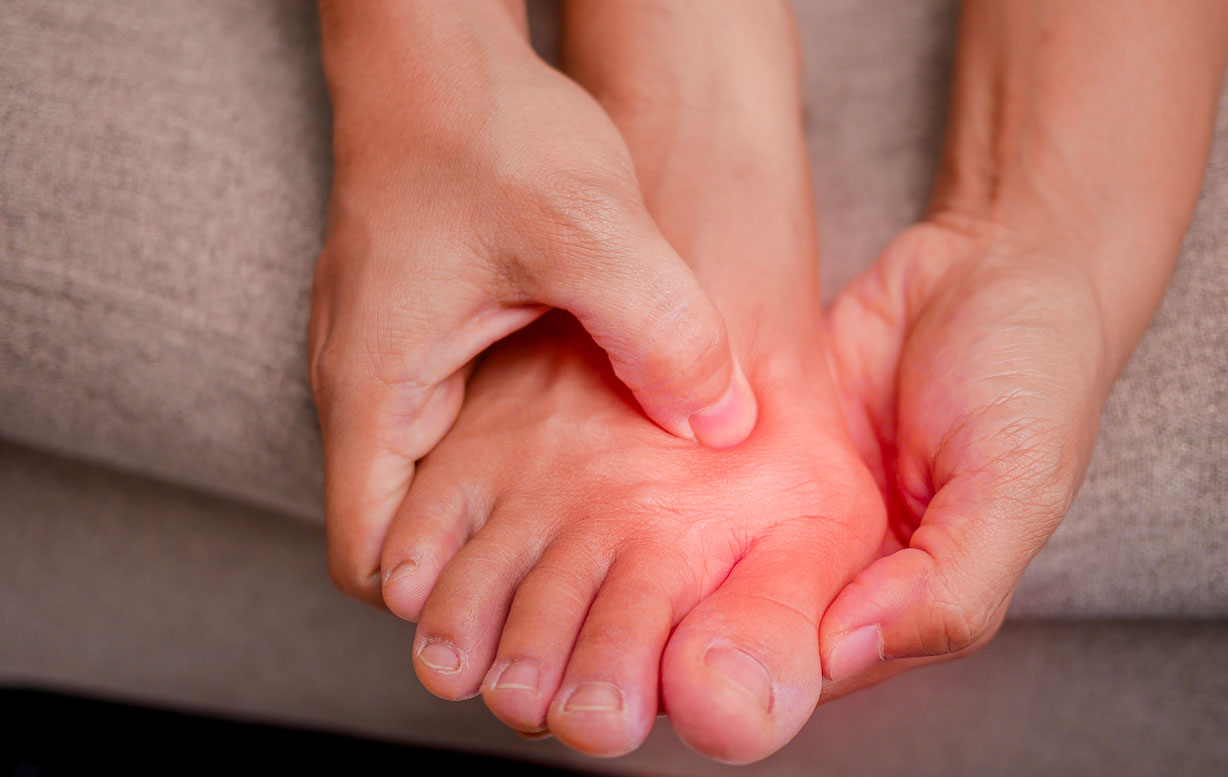
What is a Bunion?
A bunion is a bony bump that forms at the base of the big toe joint. The bony bump reflects changes in the alignment and structure of the front part of the foot. If the bump occurs on the little toe, the condition is called bunionette.
What Causes Bunions to Develop?
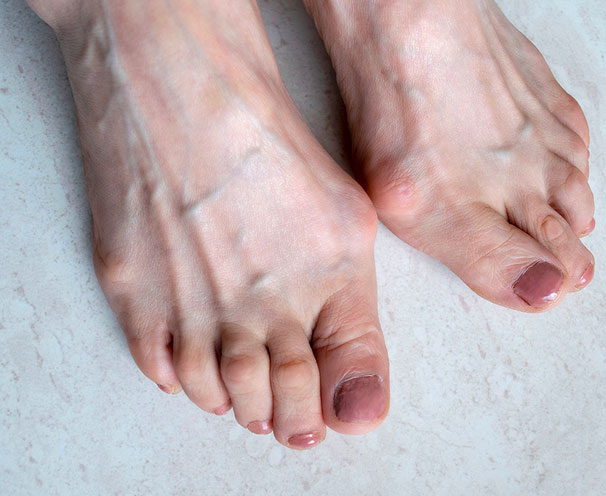
Heredity
As foot structures are hereditary, some foot types are more prone to bunions than others, e.g. low arches, flat feet and loose joints.
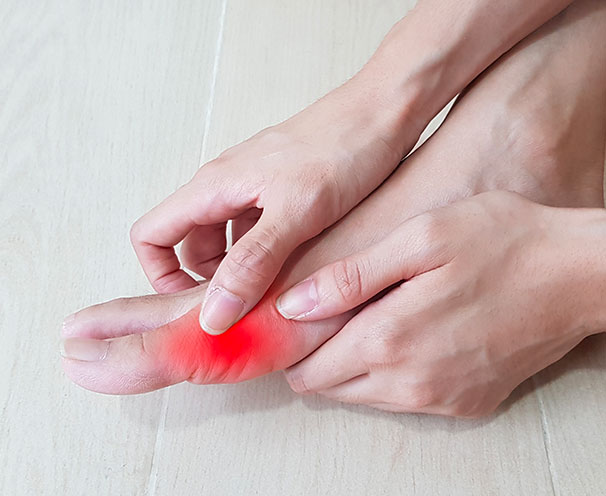
Injuries
Acute injuries to the foot that lead to structural changes, e.g. sprains, fractures and nerve injuries.
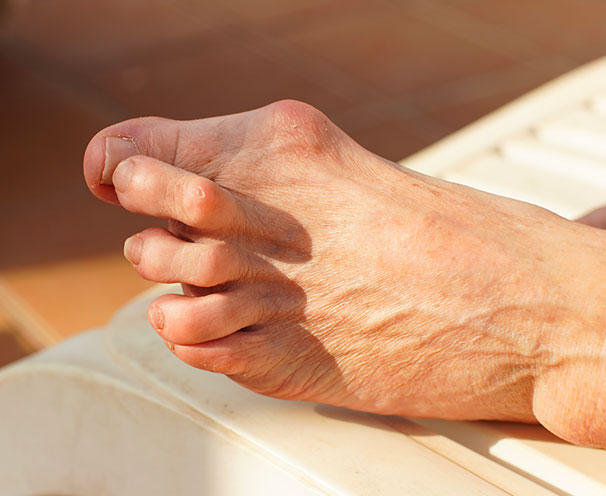
Arthritis
Rheumatoid arthritis, specifically on the foot, can also contribute to the growth of bunions.
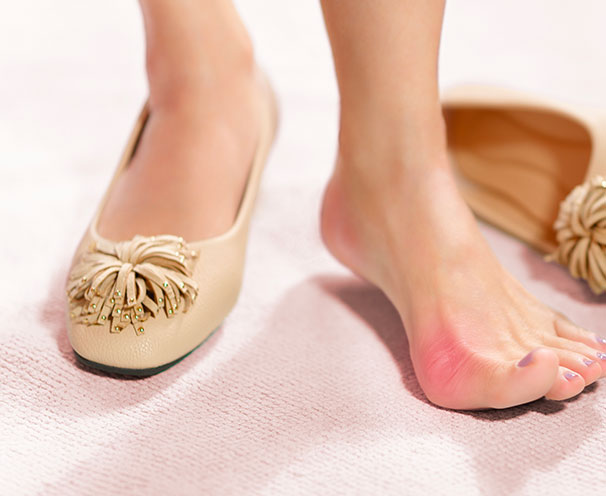
Shoes
Although wearing ill-fitting shoes with a narrow toe box will not actually cause bunions, high heels or shoes that are too tight can worsen and accelerate the development of bunions.
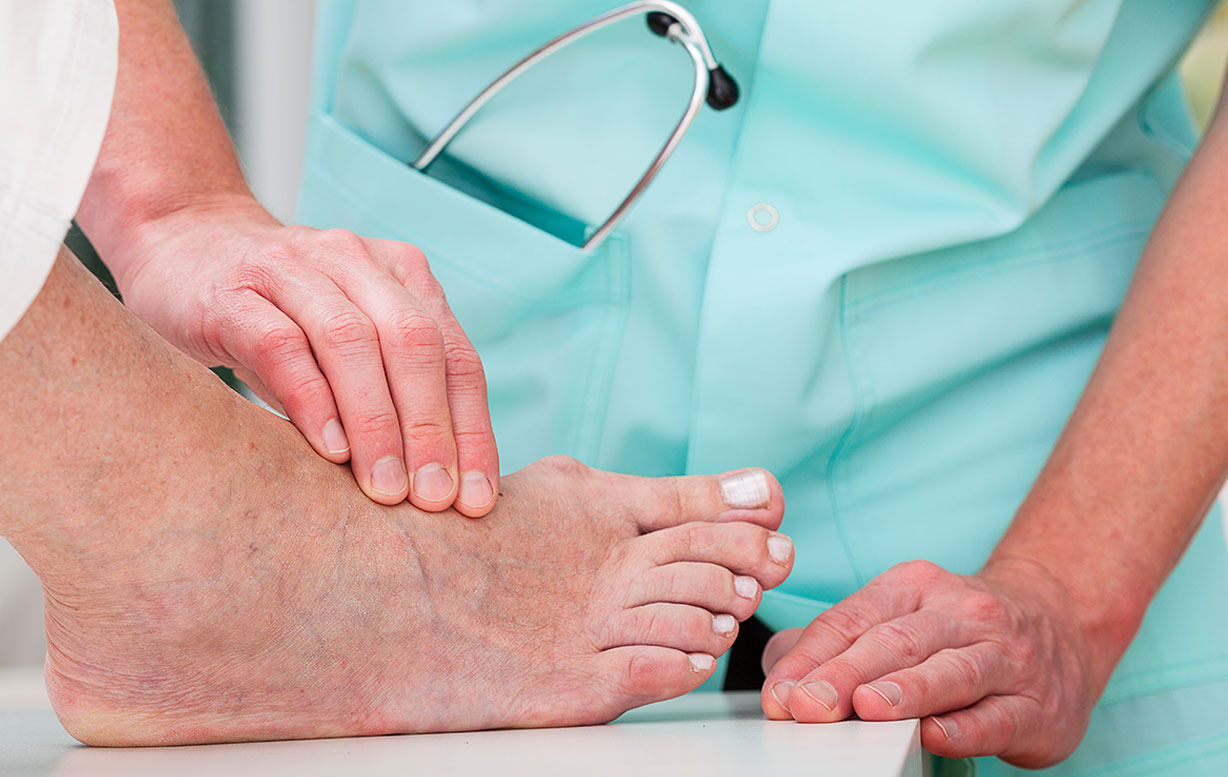
What are the Early Signs & Symptoms?
Since bunions develop gradually, they may not be visible in the early stages. Instead, you might experience these early symptoms:
Bunions start out small but they worsen over time.
The bigger the bunion, the more painful walking can become as the big toe joint flexes with every step. Call us at 9711 8888 for personalised bunion treatment.
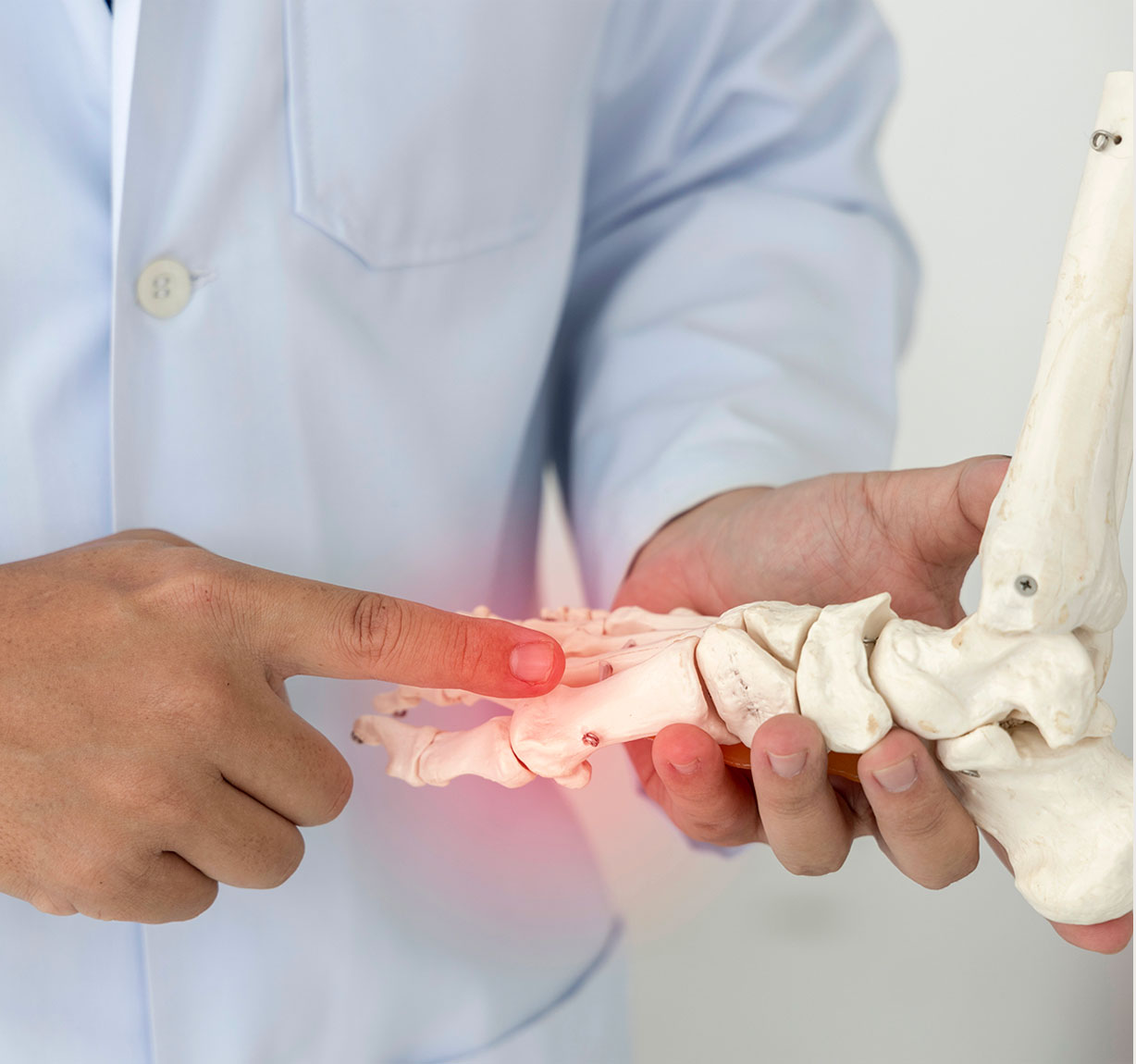
Also referred to as hallux valgus, the bunion is a progressive disorder.
Pressure on the big toe joint first causes the big toe to lean towards the second toe. Over time, the normal structure of the bone changes, with the characteristic bump becoming increasingly prominent.
Visible Bunion Symptoms:
In some cases, an enlarged big toe joint may lead to bursitis
—a painful condition in which the fluid-filled sac that cushions the bone near the joint becomes inflamed. Schedule a consultation with Dr Seng to assess and treat your bunion condition early to prevent chronic pain.
